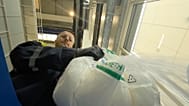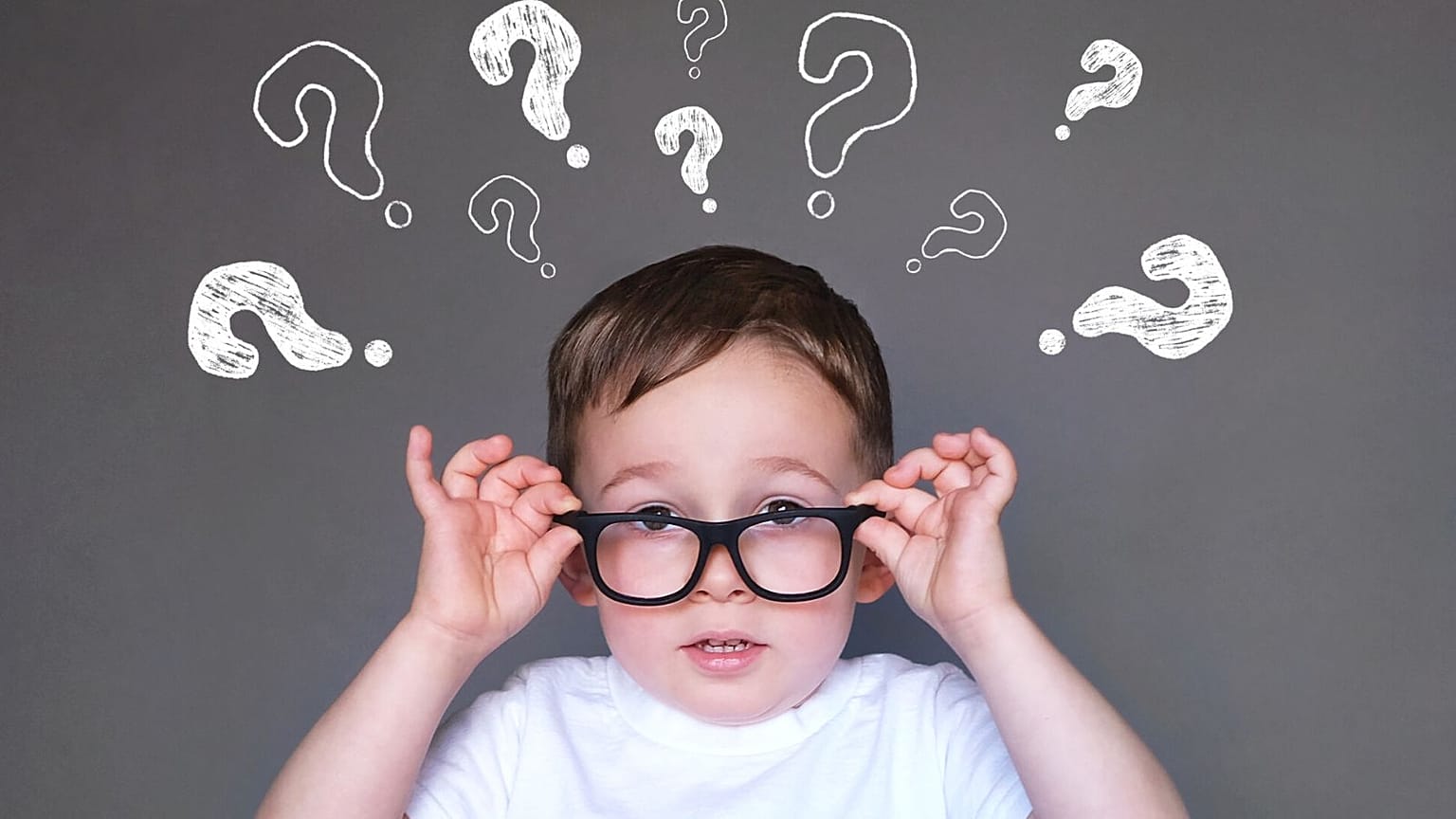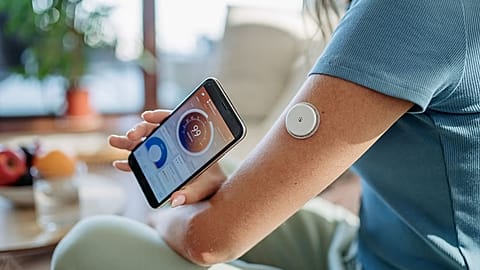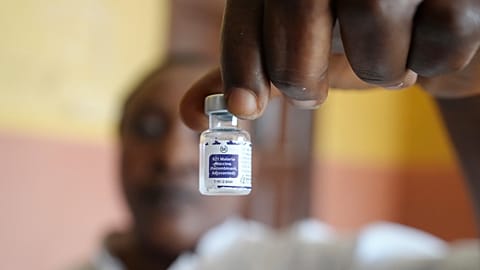Why are experts warning of a myopia "epidemic" - and what can we do about it?
Last December, I experienced a little revolution in my life: I finally got a laser operation that ended my 26 years of myopia. My parents attributed my short-sightedness to my habit of reading for long hours in the dark when I was younger. Although I shrugged it off as a teen, I now realise they may have been correct.
Unfortunately, my two little cousins and younger brother have also been diagnosed with short-sightedness, leading to the ordeal of wearing glasses during their teenage years.
This is not just a family problem of mine, but a global phenomenon causing alarm among scientists. They estimate that by 2050, half of the world’s population could be myopic, with a significant prevalence among younger generations.
In some Asian countries, such as Singapore, Taiwan, and South Korea, the rate of myopia among young adults is over 80 per cent.
“It’s one of the clearest illustrations of the impact of modern life on our health,” Dr Thierry Bour, who leads France’s National Syndicate of Ophthalmologists, told Euronews Next.
This drastic increase in myopia can be attributed to three factors, in addition to genetics, he explained.
A closer look at our eyeballs
First of all, we are working at a closer distance, and younger generations are spending more time on screens and less time outdoors. Spending time outside boosts the production of dopamine, a neurotransmitter that slows down the growth of the eyes.
A myopic eyeball is essentially longer than it should be. As a result, the light entering the eye is focused too far in front of the retina, instead of directly on it, causing far-away objects to appear blurry.
But it is not their only particularity. A myopic eye is also more fragile than a normal one, due to the elongation of the eyeball, Bour explained.
This elongation can cause the retina to become stretched and thinner, leading to an increased risk of complications such as retinal tears, premature cataracts, glaucoma, and macular diseases. The more severe the myopia, the greater the risks.
Myopic people may also experience eyestrain and headaches, and undiagnosed myopia in children and teenagers can lead to learning difficulties.
What can we do to fight myopia?
Fortunately, solutions exist. The European Council of Optometry and Optics recommends spending a minimum of 90 minutes outside to ensure dopamine production.
For children under five, they advise not spending more than one hour per day in front of a screen, and no screens at all for children under two.
“The visual apparatus of children from zero to two years old is simply not sufficiently developed and robust to undergo such stress from constant stimulation in front of the screen,” Dr Langis Michaud, a professor at Université de Montréal’s School of Optometry, wrote in The Conversation.
Optometric technology has also made progress for those suffering from short-sightedness, especially children and teenagers. Glasses can now use integrated technologies that correct the visual disorder while also slowing down its development in children with progressive myopia.
These glasses are equipped with microlenses that aim to correct peripheral hyperopia, characteristic of the myopic eye, thus slowing the progression of myopia.
A study published in Scientific Reports in April looked at a cohort of children wearing "MiyoSmart" lenses manufactured by the Japanese company Hoya for six years. It concluded that myopia did indeed slow down and that there was no "rebound effect" when the lenses were stopped.
Clinical studies have also backed the effectiveness of the "Stellest" lenses made by Essilor-Luxottica, which were found to save more than one diopter of myopia on average over three years in children. The company reported a slowdown in the progression of myopia of 60 to 67 per cent on average, compared to conventional lenses, when the glasses were worn 12 hours a day.
Orthokeratology is another solution. It involves wearing rigid contact lenses during the night to flatten the central cornea, allowing the eye to have more accurate focus during the day.
"It has also been shown to be a highly effective way of slowing eyeball growth in progressive myopia," explains Myopia Focus, a dedicated organisation founded by Dr Jason Higginbotham, an optometrist and dispensing optician.
Another option is atropine eye drops, which work by dilating the pupils and temporarily paralysing the focusing muscle inside the eyes. Studies suggest atropine eye drops can significantly reduce myopia progression in children, and research is ongoing.
Myopia is “a public health problem that has consequences for decades. By taking action, children can gain years of vision and make their everyday lives easier,” Bour concluded.


















